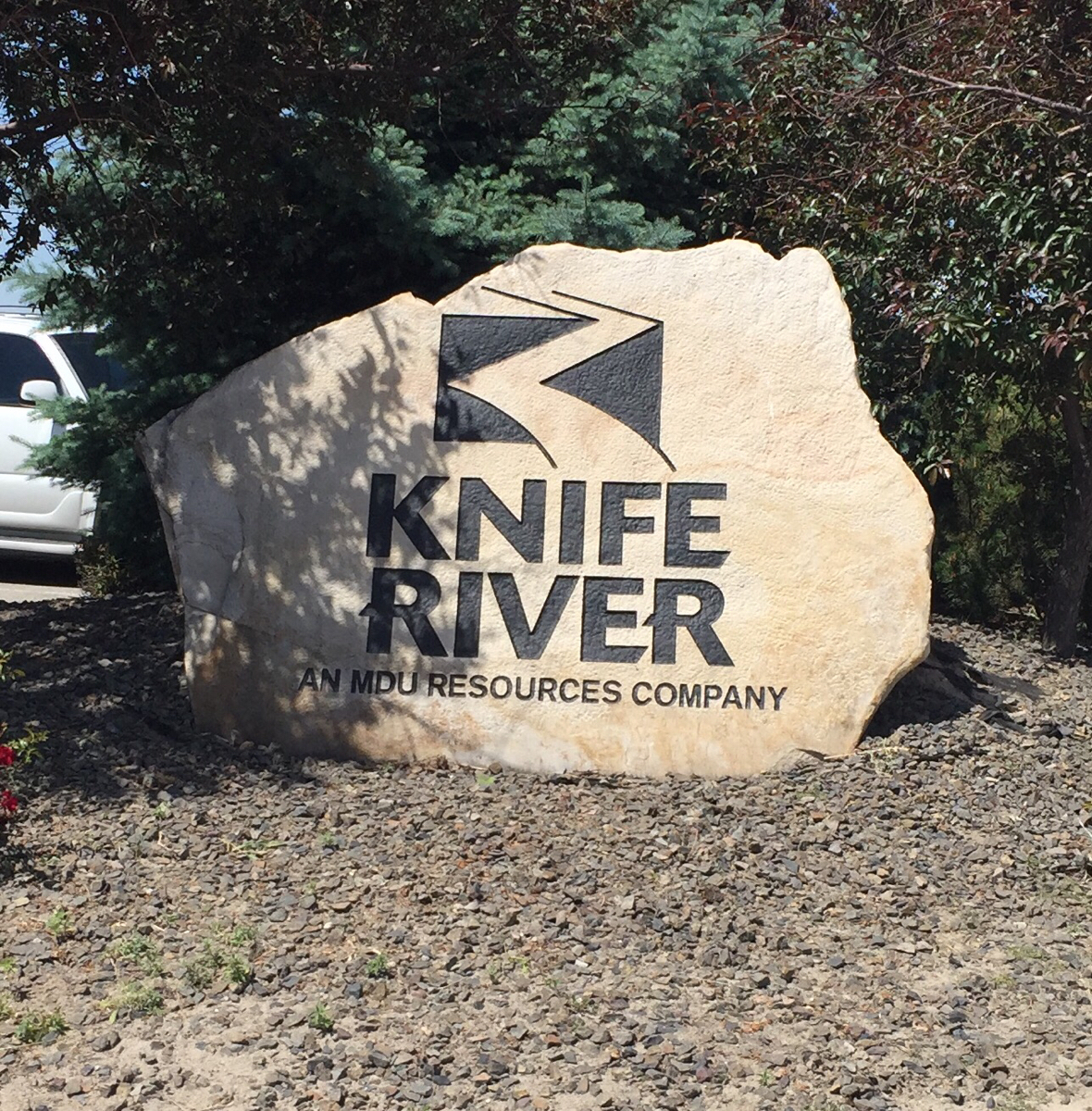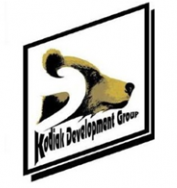Information
-
Practical Assessment - Front End Loader
-
Candidate
-
Date
-
Location
-
Assessor
-
Level IV Assessor
Element 1. Plan and prepare
-
The employee is to demonstrate the following:<br><br>- knows what tasks is to be completed <br>- required PPE is worn / in possession <br>- has a copy of SOP's for the task ( or knows where they can be assessed )
Element 2: Pre Start Checks
-
Carries out required pre-start inspection
-
Understands functions & operation of all instruments and controls
-
Adjust seat and steering position to allow good vision and access to controls
-
Adjusts seat & steering & mirrors to suitable position to enable good vision & access to all controls
-
Adjusts mirrors to enable good vision
-
Seat belts worn and adjusted correctly
Element 3: Start Engine
-
Checks park brakes are applied
-
Ensures transmission is in neutral position
-
Sounds horn & allows 5 seconds before starting
-
Allows engine self diagnostic check to complete
-
Starter releases as engine fires
-
Monitors gauges & instruments for correct operation
-
Allows engine to warm up under own power
-
Conducts hydraulic warm up
-
Ensures air system is fully charged before attempting to move
Element 4: Drive Off
-
Sounds horn & allows 5 seconds before moving forward or reverse.
-
Selects correct gear to avoid clutch shudder
-
Checks mirrors before moving for hazards
-
Releases park brakes
-
No acceleration applied on drive off
-
Low Revs are maintained until normal operating temperature is reached
-
Acceleration in a smooth & progressive
Element 5. Drive vehicle
-
Gear changes are made within operating range of engine
-
Clutch is used when changing gears
-
Correct gear sequence is used when changing gears
-
Obeys all speed restrictions ( built up areas & open road)
-
Engine Revs are minimal to eliminate noise/ dust/ emissions
-
Uses two hands on the steering wheel at all times
-
All braking & slowing down is complete before entering corners/ turns
-
Auxiliary brakes are used to conserve service brakes
-
Correct operation of Power Divider in off road/ hazardous conditions
-
Defensive observation techniques are used when operating (Front/ Rear/ Left/ Right)
-
Correct use of signals & indicators
Element 6. Monitor Conditions
-
Correct vehicle positioning is maintained on road ( open road & cornering)
-
Instruments, gauges & mirrors are monitored at regular intervals
-
Correct following distance is maintained (20 seconds)
-
Defensive driving skills are utilised
-
Adjusts speed to suit varying conditions
-
Adequate clearances are maintained & avoids obstacles
Element 7: Operate Ancillary Equipment
-
Anciliary equipment ( side tippers/ lid/ tarpaulin)
Element 8: Load / Unload Equipment
-
Ensures loading areas safe and clear of any obstructions
-
Positions vehicle correctly to allow ease of operations and good vision
-
Ensures float is adjusted to the correct dimensions for the transport of the load
-
Articulated machines, steering locks engaged
-
Load is checked for dimensions:<br>- weight<br>- height<br>- width<br>- length
-
Ensures correct load restraint lashings are utilised
-
Chains, ratchets, turn buckles and binders were inspected for any form of wear or damage
-
Buckets, blades and rippers lowered onto the deck checked load before moving off
-
Excavator boom, dipper & bucket tucked in and lowered for transport
-
Equipment offloaded in safe / suitable area
-
Equipment secured<br><br>ie Keys removed, locked, isolated
Element 9: Couple/ Uncouple Unit
-
Truck / dolly uncoupled from trailer
-
Truck / dolly coupled to trailer
-
Dolly uncoupled from trailer at turntable
-
Dolly coupled to trailer at turntable
Element 10: Stop Engine
-
Suitable area is selected for parking
-
Park brake applied
-
Transmission is placed in neutral position
-
Engine break is turned off
-
Engine is not revved before shut down
-
Adequate time is allowed for engine to idle / cool down
Element 11: Operator Maintenance
-
Check and top up compartment fluid levels (if required)
-
Conducts visual checks of engine and engine bay for faults
-
Check and grease driveline, check prime mover undercarriage
-
Conducts walk round tyre and equipment check
-
Cab and glass is cleaned, cab free of loose items
-
Faults identified during inspections and operation are recorded and reported (Repair / Request)
-
Fixes minor faults (when time permits)
Sign Off / Authorisation
-
Candidate is assessed as
-
Requires Further Training?
-
Candidate agrees with the outcomes identified within the assessment
-
Authorised trainer / assessor have suitably assessed the candidate and agree with the assessment outcomes














